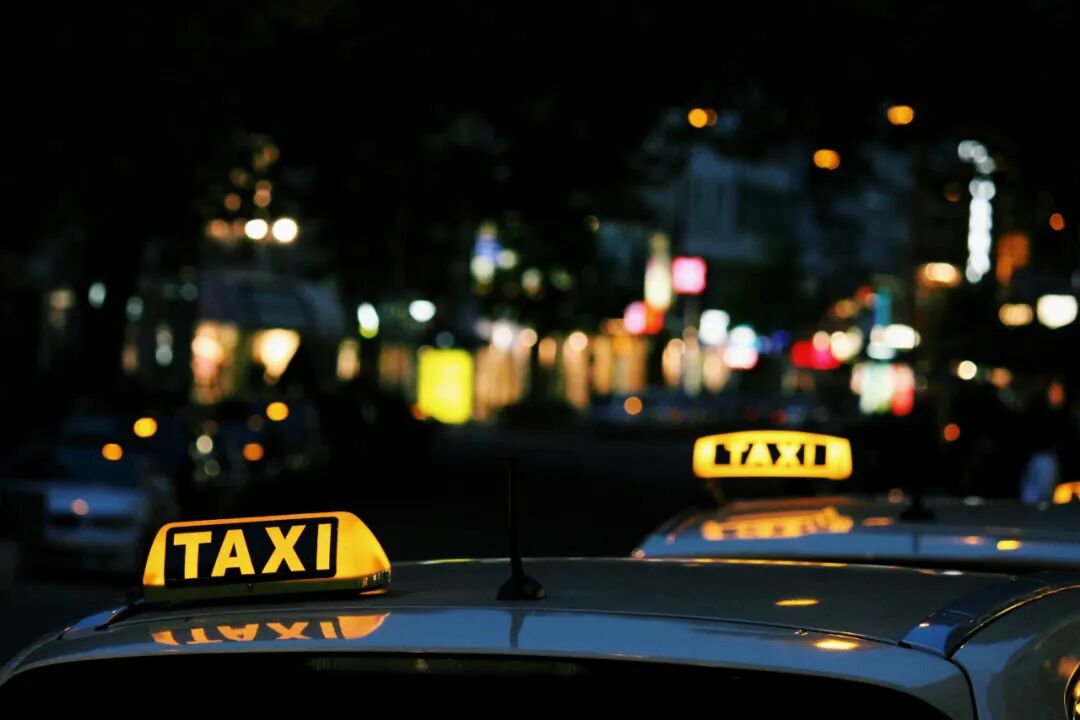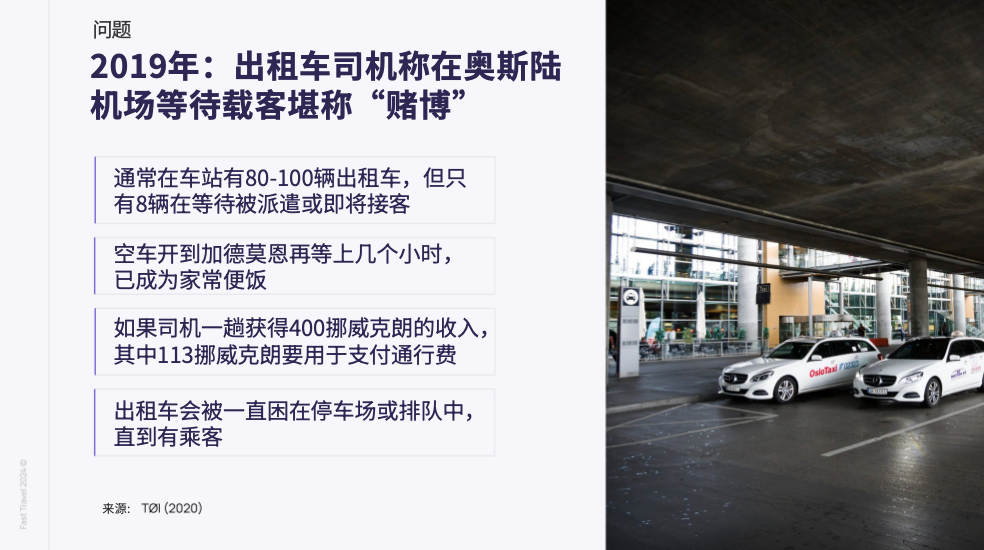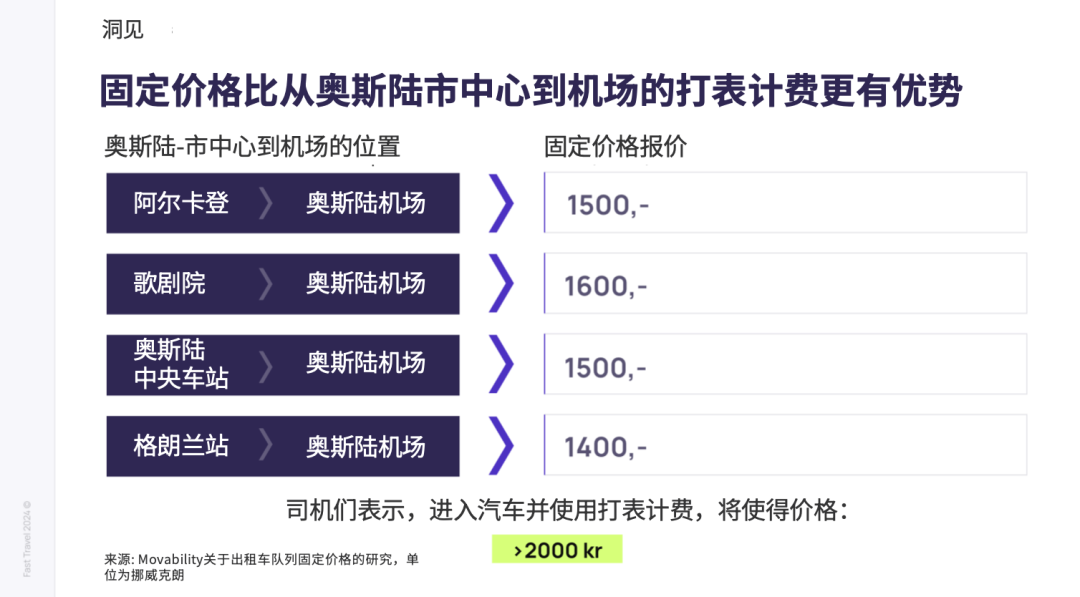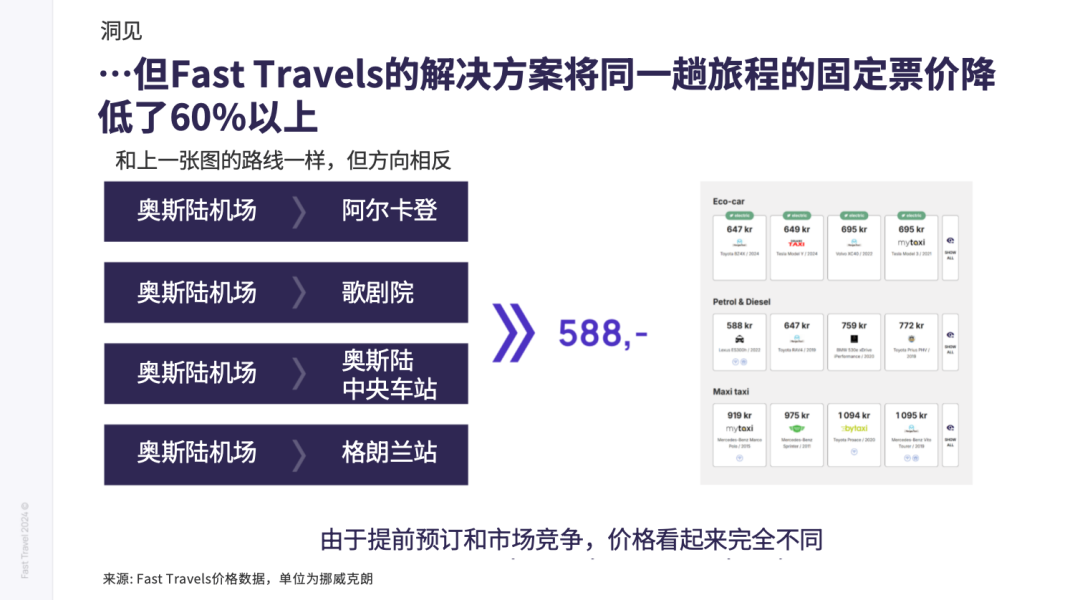A self-service kiosk-based reservation system could be the future of the taxi industry.
Image source:Unsplash/Lexi Anderson
Lars Christian Grødem-Olsen
Managing Director and Advisor at Movability
Actively adapting to the market can reduce costs in the taxi industry, andIt could potentially accelerate the widespread adoption of electric vehicles.
Dynamic pricing can foster fair competition, and its flexible and inclusive nature will greatly benefit both drivers and passengers.
Improving efficiency and transparency can reduce complaints and wait times, fostering sustainable travel.
As major cities ramp up their efforts to reduce carbon emissions, the taxi industry is facing growing pressure to adapt and innovate. Rising operational costs and prolonged vehicle idle times pose significant barriers to achieving sustainability goals, as they squeeze drivers' incomes and dampen interest in investing in electric vehicles.To address these challenges, a new model has emerged, bringing fresh ideas to the taxi industry. Fast Travel is the latest disruptor, with its innovative system designed to offer drivers and passengers more efficient and flexible options—effectively eliminating taxi queueing while empowering drivers and taxi companies to set their own pricing.The taxi industry is facing challenges.In recent years, the taxi market has grown rapidly. Ride-hailing apps like Uber, Bolt, and Lyft have reshaped the taxi industry by directly connecting drivers with passengers.These platforms have streamlined the process and boosted both supply and demand, but they also come with limitations. They may exclude non-digital users and those with specific needs—such as customers requiring child seats or accessible vehicles.Additionally, customers are locked into a single platform, resulting in inflexible pricing and a lack of competition among operators.On the other hand, the traditional taxi system—where drivers often have to wait in line for hours to pick up a passenger—is a flawed model. To recoup their costs, fares tend to be inflated, while passengers remain anxious due to unpredictable pricing and the potential for scams.A New Model for the Taxi MarketAn emerging solution is to use reservation kiosks to create an online, centralized, and competitive marketplace in high-traffic areas.At the heart of this model is reducing drivers' customer-waiting time, as prolonged waiting periods lead to lower earnings and diminished job satisfaction. Drivers will receive real-time data on estimated wait times, enabling them to anticipate where and when their services are in demand.This model also allows each taxi driver or taxi hub to engage in real-time price competition. This flexibility enables drivers to set fares based on demand, sometimes resulting in more affordable rates. During periods of high demand, drivers may even choose to charge slightly higher fares themselves.Internal research by Movability shows that this approach can reduce taxi trip costs by more than 60%. For an industry where high fares and idle time are the primary drivers of inefficiency, such savings are absolutely critical.Promoting inclusive and sustainable choicesAnother advantage of the self-service terminal system is that it’s inclusive.By bridging the gap between digital and non-digital users, passengers without smartphones can still book rides through street-level facilities. The self-service system also includes features tailored to meet the needs of passengers requiring special transportation options—such as those traveling with children or individuals who need accessible vehicles—simply by filling out the request fields.In addition to improving transportation, self-service kiosks also support sustainable mobility options. For instance, Oslo Airport has implemented the Fast Travel system, which has significantly boosted the share of electric taxi trips—from 15% to over 70%—thanks in part to encouraging passengers to choose eco-friendly travel methods.Amy Løken, Head of Passenger Services at Norwegian airport operator Avinor, noted that Fast Travel's system supports the achievement of sustainability goals by increasing the share of electric taxi bookings while simultaneously reducing passenger wait times and emissions.Løken stated: "Implementing the Fast Travel solution is a major win for our sustainability goals. It has not only increased the share of electric taxis booked but also reduced the amount of time taxis spend idling with their engines running."Protect consumers and reduce wait timesUsing the self-service terminal system also helps reduce common issues in traditional taxi queues, such as excessive fares and excessively long wait times.Before this system was implemented, some drivers had to wait four to six hours just to pick up a single passenger, and they also had to pay a dispatch fee. Moreover, short-distance trips often ended up being unprofitable, which ultimately forced drivers to set higher fares.Passengers sometimes encounter aggressive pricing strategies, and some have even complained about unpleasant interactions while waiting in taxi lines."When we use traditional taxis, passengers often face sky-high prices," Løken said. "Although we have regulations allowing passengers to choose taxis based on price, in reality, this doesn’t actually happen.""If passengers choose other taxis, they often feel uncomfortable. We’ve even had instances where passengers were yelled at by taxi drivers and subsequently complained to us—yet we couldn’t prevent any driver from joining the queue. However, after implementing the Rapid Transit System, our number of complaints dropped significantly."Currently, the average wait time is about 34 minutes. Drivers can now also offer differentiated services, ranging from budget-friendly electric vehicles to premium luxury cars.Fare prices need to be agreed upon in advance, which also addresses common complaints about unpredictable costs and scams. Avinor and Fast Travel say passengers are finding it increasingly safe and straightforward to book taxis through their platforms."Currently, our prices are predictable, and customers have told us they feel completely safe booking taxis from the airport. As a result, despite an overall decline in traffic volume, taxi trips have increased by 25% since 2019," Løken said.
PortableThe Victory of Continued TransportationIn the coming years, the emerging taxi market will profoundly impact urban transportation. As self-service terminal-based systems continue to evolve, both the utilization rate and ridership of sustainable taxis will increase, benefiting cities and consumers alike.With their ability to expand and adapt to diverse urban environments, self-service terminal systems represent a significant step forward in advancing smarter, more sustainable transportation solutions.
The above content solely represents the author's personal views.This article is translated from the World Economic Forum's Agenda blog; the Chinese version is for reference only.Feel free to share this on WeChat Moments; please leave a comment below the post if you’d like to republish.
Editor: Wang Can
The World Economic Forum is an independent and neutral platform dedicated to bringing together diverse perspectives to discuss critical global, regional, and industry-specific issues.
Follow us on Weibo, WeChat Video Channels, Douyin, and Xiaohongshu!
"World Economic Forum"








